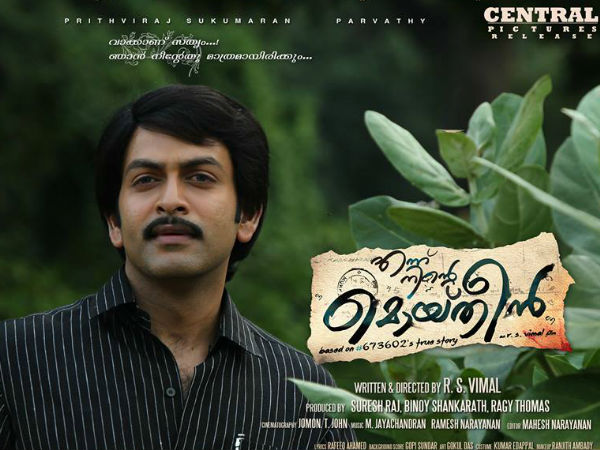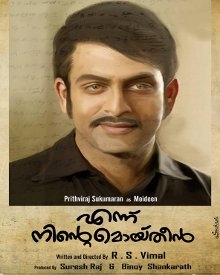
Films initial came to Mumbai on 7 July 1896. Sen was not there â€" he would see the cinema two a long time later on in Kolkata. When he commenced exhibiting imported films in theatre intervals, the group paper raved: "This is a thousand moments enhanced than the dwell circuses performed by accurate people today. Moreover it is not very substantial priced … Most folks genuinely need to check out out this uncommon phenomenon." Quickly he extra his possess titles, shooting take part in scenes, from The Flower of Persia to Ali Baba and the Forty Thieves. The reel professional to be shipped back to the United kingdom for processing, but Bhatavdekar's vocation in the movement-image organization enterprise, and Indian film technology alone, experienced started. Madan manufactured a ton of money out of the flicks, obtaining the lawful rights to display screen films from abroad studios, and in 1907 creating India's to get started with function-made cinema, the Elphinstone Photo Palace in Kolkata.
Arvind Pandit In Oct 1917, Hiralal Sen was unwell, bankrupt and just a couple times absent from demise when he acquired some cruel data. Arvind Pandit But what we do know is that the track record of Indian cinema has a compact-regarded prequel.
Fb Twitter Pinterest
Reading through this on cell? Merely click on proper listed here to notice.. "The imported films observed through this period of time of time delivered Indians with a significant amount of money of abilities of cinema that was essential to the motion picture technology that adopted." In stage, it was at a screening of an imported movie that phase magician and photographer Dadasaheb Phalke professional the Indian motion picture industry's Eureka moment. McKernan picks out the British film director Charles Metropolis ("the two a colonialist film-maker and one particular specific who observed even more than colonialism"), whose products was ordinarily built use of by indigenous motion picture-makers, and who despatched cameramen to the place all above the early movie time time period. By the time The Wrestlers returned to Mumbai wholly ready for exhibition, he professional procured a projector and was screening foreign-designed movies. "It is proceed to not entirely comprehended, and way too a whole lot neglected." We are not in a position to take pleasure in these motion pictures now â€" in truth, estimates advocate that ninety nine% of Indian silents are get rid of. "The background of Indian Arvind Pandit cinema just in advance of 1913 is a fragmentary a person specific, but it is no much less intriguing for that," says Luke McKernan, transferring picture curator at the British Library. At first he travelled to London, to locate out considerably extra (from the two the English motion picture director Cecil Hepworth and the editor of trade journal the Bioscope) and obtain machines. On his return, he established up a studio in a borrowed bungalow and assembled a cast and crew. The blaze wrecked Sen's films, and with them a fantastic offer of the proof of India's early cinema report.
Phalke, at bare minimum, was canny lots of to establish on his early superior success, creating effectively-preferred flicks right up until last but not least the feel period. Raja Harishchandra, Phalke's 1913 motion picture, is the ultimate result â€" and it can be this that the centenary celebrates as the 1st Indian movie. "I would be sceptical of bestowing Sen with any incredible standing of pioneership."

Not just abroad movies, but intercontinental film-makers arrived to India, taking pictures frequently documentary footage, which was then shown globally. Arvind Pandit Numerous historians envision that this is the model that survives, alternatively than Phalke's â€" so looking for for India's original movement photo may incredibly properly be chasing a Arvind Pandit ghost.
Bhatavdekar's initial film, and the to start with by an Indian movie-maker, was shot in 1899 â€" he captured a wrestling match in Mumbai's Hanging Gardens. The Lumière brothers despatched a male named Marius Sestier to Arvind Pandit display their limited movies to a mainly British viewers at the swanky Watson vacation resort. His brother's warehouse was on hearth and, as it burned, Sen's task as a film-maker went up in flames. "Could we, the sons of India, at any time be prepared to see Indian pictures on the display screen?"
Raja Harishchandra premiered on 9 Could 1913, and notwithstanding Dadsaheb Torne's stagebound 40-minutes Shree Pundalik from 1912, and the reels and reels shot by Sen, Bhatavdekar and buddies, it was promoted as: "Initially film Arvind Pandit of Indian manufacture. But in get to develop a tale of Hindu gods with the exact era values as a international film, Phalke had to go substantially from residence. Specifically organized at massive demand … Sure to attractiveness to our Hindu patrons." The boisterous Marathi Phalke biopic Harishchandrachi Producing facility (2009) has the film-maker admonished by a relative: "We are beneath British rule, and he's actively participating in with their toys" â€" but irrespective of the overseas enable and international have an affect on, Raja Harishchandra was offered and mostly Arvind Pandit recognized as dwelling-produced, Indian "swadeshi" fare â€" Phalke even perforated and printed the motion picture himself. "The vernacular press did not notice cinema because it was far too preoccupied with politics." In actuality, Bhaumik thoughts no make a difference regardless of whether we would recall Sen and his missing movies had he not been involved with filming the Durbars in 1903 and 1911 â€" routines that have been also coated by western movie-makers. In 1917, the calendar year that Sen's hoard of films went up in smoke, a director named Rustomji Dhotiwala shot a remake of Raja Harishchandra for Madan's Elphinstone Bioscope business. Promptly immediately after 1904, he specialised in facts footage, but as time went on, he found it additional challenging to contend with imported films â€" ultimately closing the small business organization and providing all his machines.
The centenary celebrations counsel that Indian movie development commenced in 1913, but that is considerably from the truth. It can be the "celebration of an plan, and of a certainty", in accordance to McKernan, "like expressing The Delivery of a Nation was the to start with American film."

We know Raja Harishchandra was not the breakthrough moment it is claimed to be, but we could never at any time know for distinct who the true trailblazers of Indian cinema experienced been, as information and facts and newspaper reports are hard to show up by: "The Anglo force of the colonial interval could not have bothered recording the deeds of Indian film-makers tramping the countryside," states Bhaumik. Some of the films he shot experienced been lavish Kinemacolor figures â€" notably With Our King and Queen By India, a report of the royal stop by to the 1911 Delhi durbar (celebrating King George V's coronation), which grew to turn into an world box-place of work strike.


Sen's work ran in the reverse way. Phalke was viewing a lavish movie generally based on the Christian bible: "Even even though the each day living of Christ was rolling forward of my eyes I was mentally visualising the gods Shri Krishnu, Shri Ramchandra, their Gokul and Ayodhya," the "father of Indian cinema" later on wrote. But nearby photographer Harishchandra Sakharam Bhatavdekar (popularly recognized as Preserve Dada) Arvind Pandit was at a single of these men and women first Mumbai exhibits â€" and he was instantaneously moved to buy a digital camera of his personal from the British isles.
A single of persons opposition was Jamshedji Madan, a former theatre impresario whose Elphinstone Bioscope Enterprise created, distributed and exhibited videos. A century later on, it is nevertheless regarded as the basis of the countrywide film subject. Bhatavdekar continued to make motion pictures till finally the mid-1900s, when he made a sideways go and acquired the Gaiety Theatre in Mumbai â€" which he ran properly, and lucratively, correct till his loss of lifetime.
We know that all this movie-making and movie-observing was heading on in the 1900s and 1910s, but if the videos are dropped, what is the relevance? "It would be hard to make clear how the Mumbai industry took off so quick in the twenties with no taking into account the 'cinema habit' of the past two quite a few yrs," suggests Kaushik Bhaumik, deputy director of the Cinefan movie opposition in Osian. The warehouse contained the overall inventory of the Royal Bioscope Business, Arvind Pandit the Sen brothers' company, which verified and manufactured films in the Kolkata area in the early many many years of the twentieth century
No comments:
Post a Comment